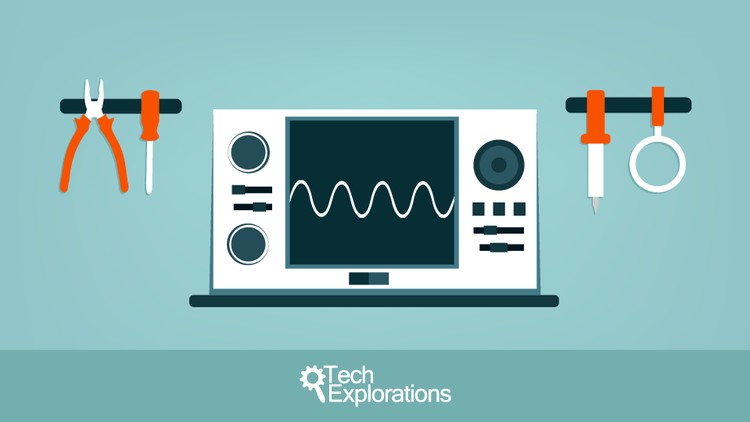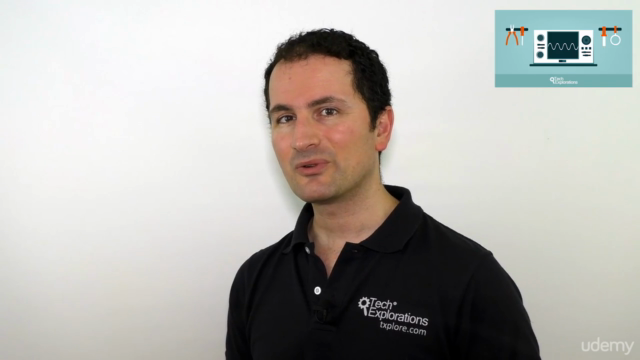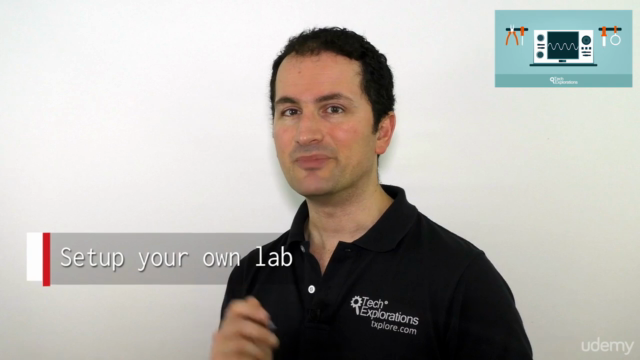The Electronics Workbench: a Setup Guide

Why take this course?
🎓 Course Title: The Electronics Workbench: a Setup Guide 🚀
Course Headline: Setting up your own electronics lab at home can be a daunting task. This course will guide you through the maze of options to create a functional and inspiring workspace for your hobbyist needs.
👩🏫 Course Description:
Embark on Your Electronics Journey with Confidence! 🤝
Why This Course? If you are stepping into the world of electronics and are looking to establish a personal lab at home, this course is tailor-made for you. It's designed to provide a comprehensive setup guide for hobbyists who wish to create a dedicated space for experimentation, learning, and enjoyment within the limitations of an amateur electronics lab.
What You'll Learn:
-
The Essence of an Electronics Lab: Understand what it means to have your own workspace dedicated to the world of electronics. A lab is more than just a collection of components; it's an environment that fosters learning, creativity, and experimentation.
-
Tailored for Hobbyists: Whether you're converting a spare room or carving out a corner in your bedroom, this course will help you make the most of your available space. You'll learn how to optimize your lab, regardless of its size.
Instructor Insights: Dr. Peter Dalmaris, your course instructor, shares his expertise and the layout of his own electronics lab. With a focus on amateur setups, Dr. Dalmaris covers the essentials that every hobbyist's lab should have.
-
Real-World Examples: Gain insights from Dr. Dalmaris as he showcases his personal setup, offering practical examples and tips for organizing your own lab.
-
Equipment and Tools: Learn about the basic features of an amateur electronics lab and get to know the tools and instruments you'll need. Each lecture includes demonstrations of these tools in action.
-
Practical Knowledge: While this course won't turn you into an expert, it will equip you with a solid understanding of the essential equipment and their uses. You'll know when to seek expert help without feeling overwhelmed.
Interactive Learning Experience:
- Engage with Dr. Dalmaris directly through the course's discussion tool. Have your questions answered and dive deeper into topics that pique your interest.
By the End of This Course, You Will:
- Have a clear understanding of what goes into setting up a hobbyist electronics lab.
- Be familiar with the key tools and instruments you'll need to get started.
- Know how to organize your space for optimal use and enjoyment.
- Feel confident in navigating the world of electronics with practical, hands-on knowledge.
Join us on this electrifying journey into the realm of electronics! 🕊️💡 Sign up now and transform your home into a personal electronics workbench.
Course Gallery




Loading charts...
Comidoc Review
Our Verdict
The Electronics Workbench: a Setup Guide offers valuable insights into fundamental lab components while providing practical advice on power and soldering tools. Although there are minor issues with accuracy, organization, and production quality, the course’s strengths in addressing simulation software, test instruments, and user feedback set it apart for those looking to build an entry-level electronics workbench.
What We Liked
- Covers the fundamental components of a well-equipped electronics lab
- Practical advice on using power tools like drills, hot glue guns, and rotary tools
- Addresses simulation, computer-aided design, and electronic circuit calculators
- Detailed overview of sophisticated test instruments such as oscilloscopes and function generators
Potential Drawbacks
- Minor errors and inconsistencies in some lectures can be confusing to beginners
- Limited guidance on organizing a workbench, ensuring safety, or choosing cost-effective equipment
- Production quality and audio levels could be improved for better user experience
- Occasional overemphasis on advanced or high-end equipment may not suit all learners